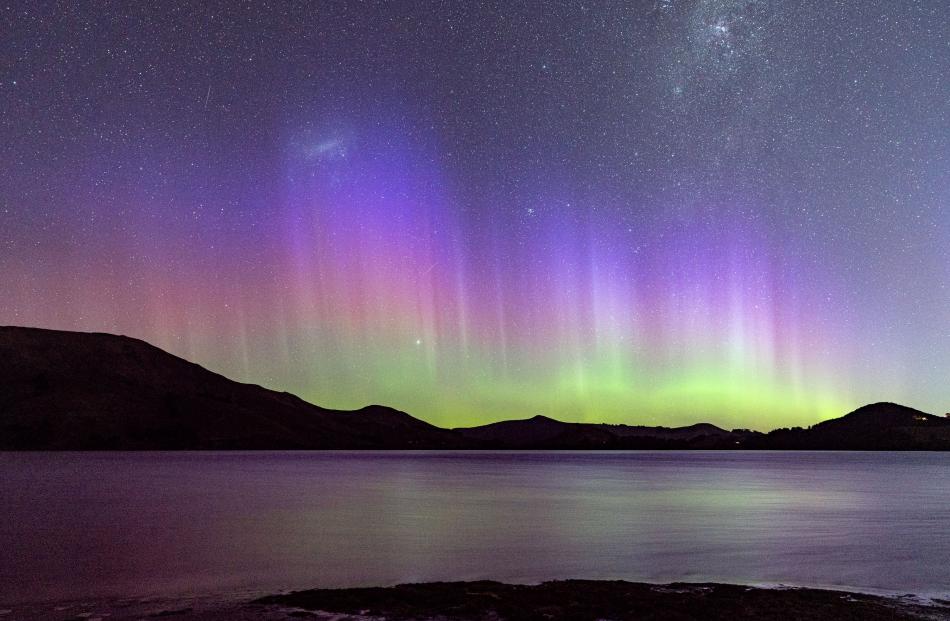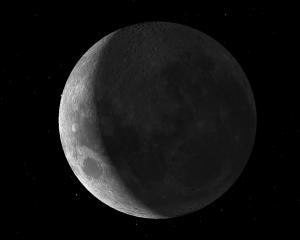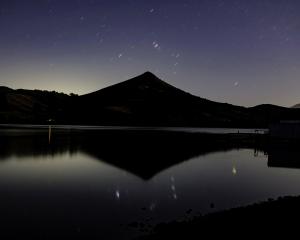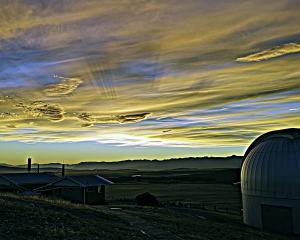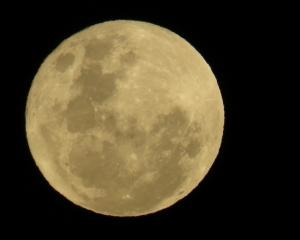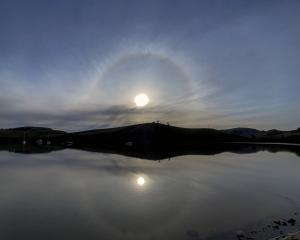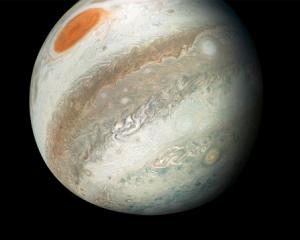Understanding the science behind auroras is almost as fascinating as watching a display, writes Ian Griffin.
The nights of August 31 and September 1, 2019, will linger long in my memory. That's because on both evenings I got to enjoy some gorgeous displays of the Aurora Australis from a favoured perch in the back bays of Otago Peninsula.
The show just after sunset on September 1 was particularly spectacular, with a brief period of intense visual activity for a few minutes either side of 7.30pm. Although the display was visually stunning, photographic images were on a whole other level, showing intricate detail and incredible colours.
Understanding the science behind auroras is almost as fascinating as watching a display. Auroras are gas, glowing high above us in the earth's atmosphere.
Here in New Zealand, the majority of auroras occur low in the southern sky. However, this doesn't mean that auroras are actually a low-altitude phenomenon. In fact, auroras typically occur at altitudes between 80km and 650km.
The different colours seen (more easily in photographs) are actually caused by different gases glowing. Oxygen glows either a greenish-yellow (the most frequently observed auroral hue) or a red. Nitrogen generally glows with a blue or violet shade. Oxygen and nitrogen gas in the atmosphere can also emit ultraviolet light, which has been detected by cameras aboard satellites in Earth orbit.
The auroras seen on August 31 and September 1 were caused by interactions with charged particles which travelled to Earth after escaping from something called a coronal hole on the sun.
Coronal holes are regions on the sun where its magnetic field is open to interplanetary space. This enables the solar wind to escape at high speed. When a coronal hole is close to the centre of the Earth-facing solar disc, a stream of hot gas flows towards Earth, causing geomagnetic disturbances which we see as auroras.
Because we know the speed of the sun's rotation, we can calculate when the coronal hole which caused this particular aurora may return.
By my calculation, Otago stargazers might get a repeat show later in the month beginning on or around the September 26. Remember you heard it here first!

